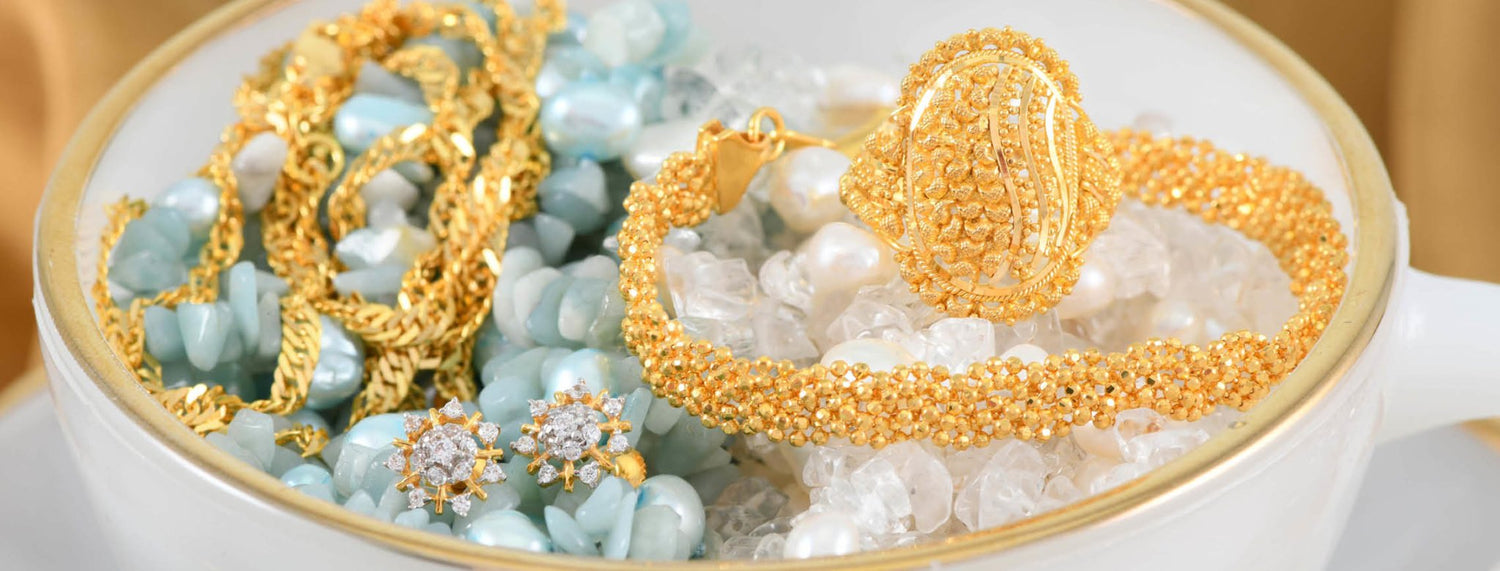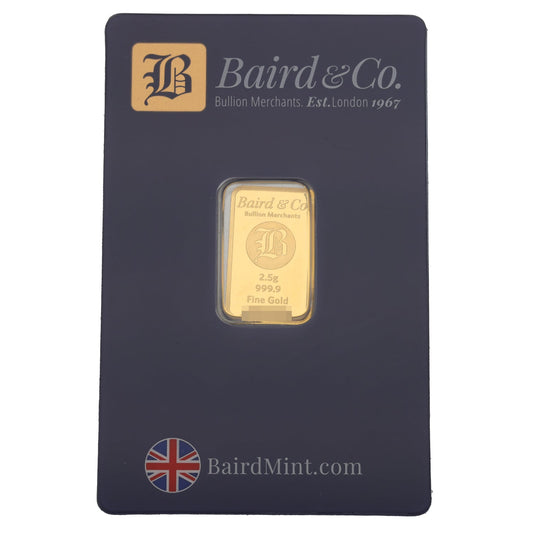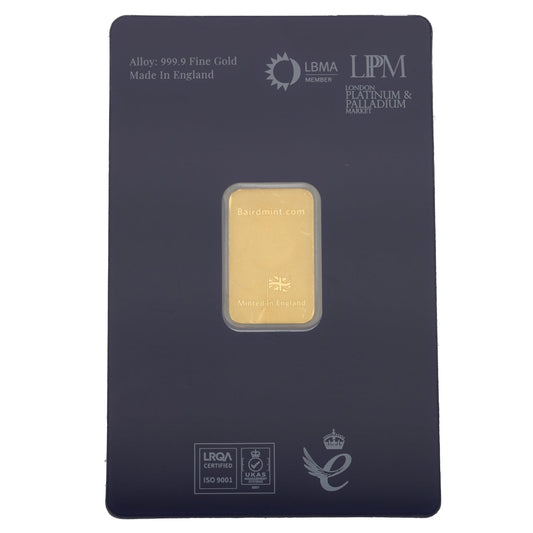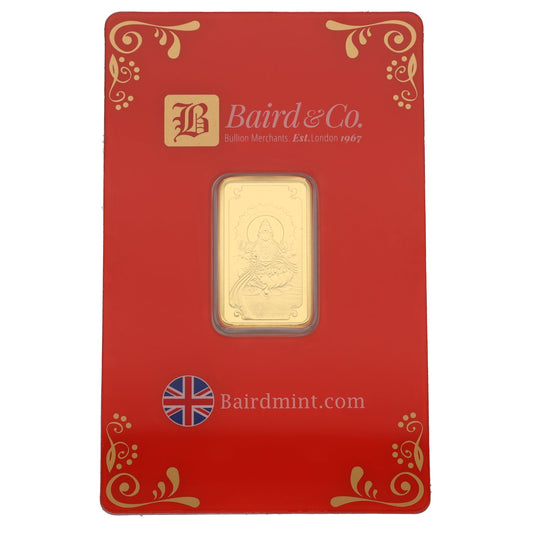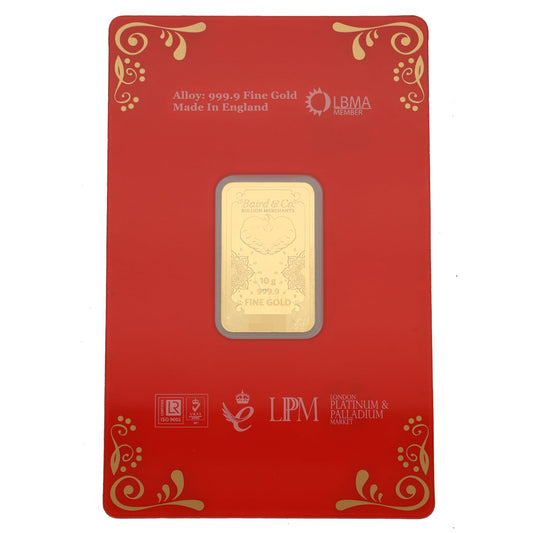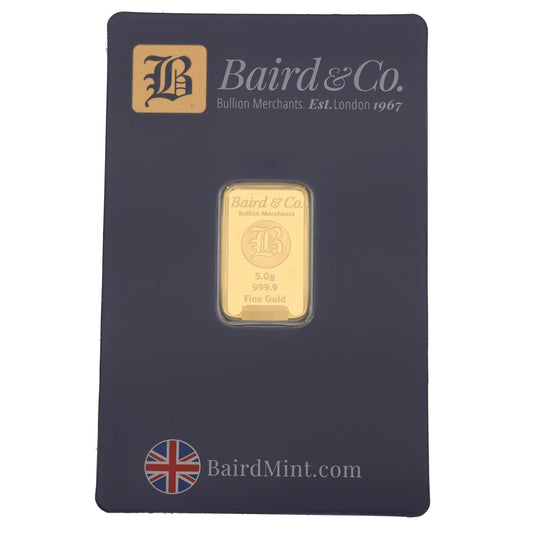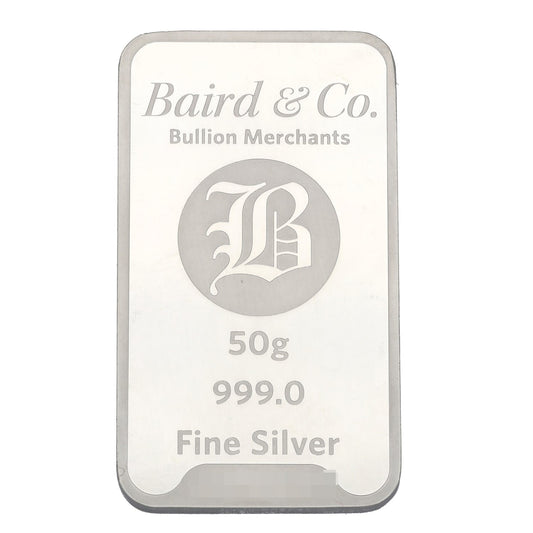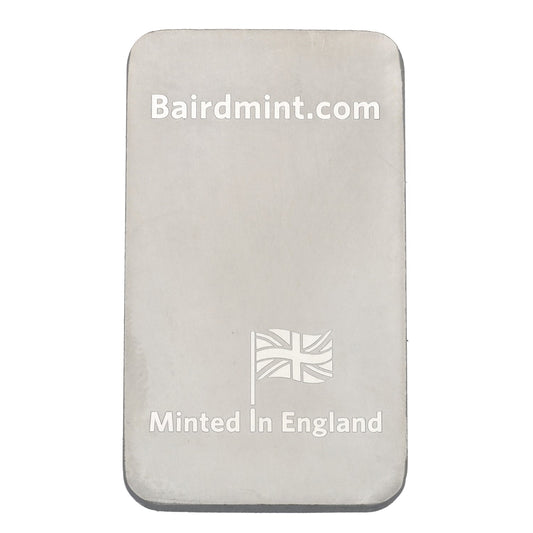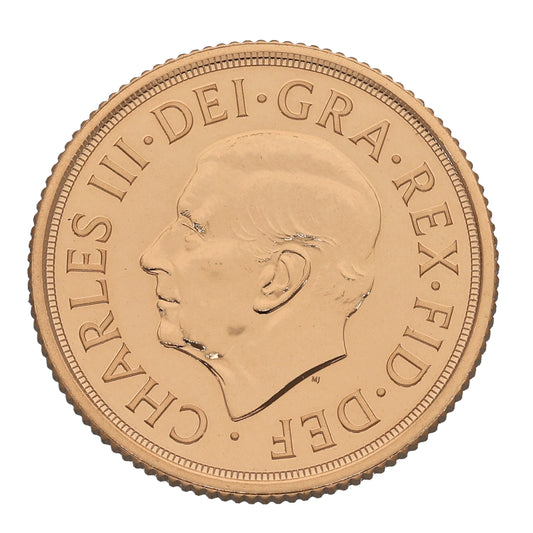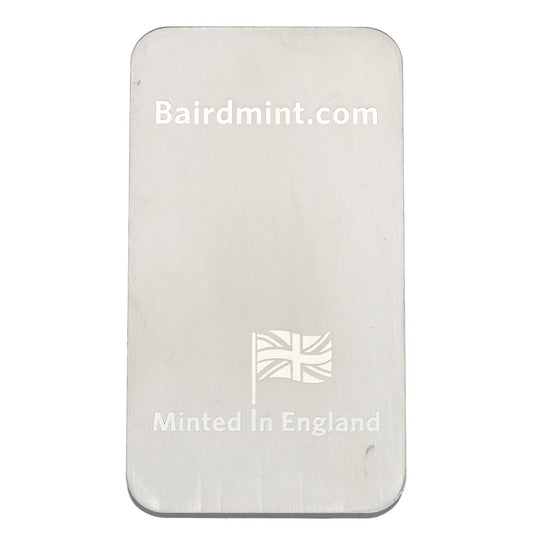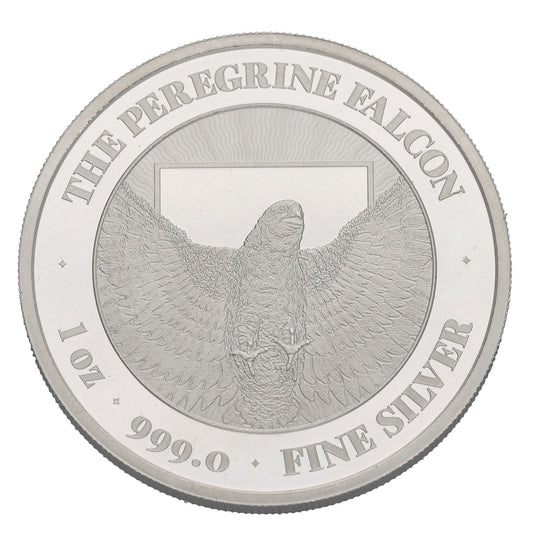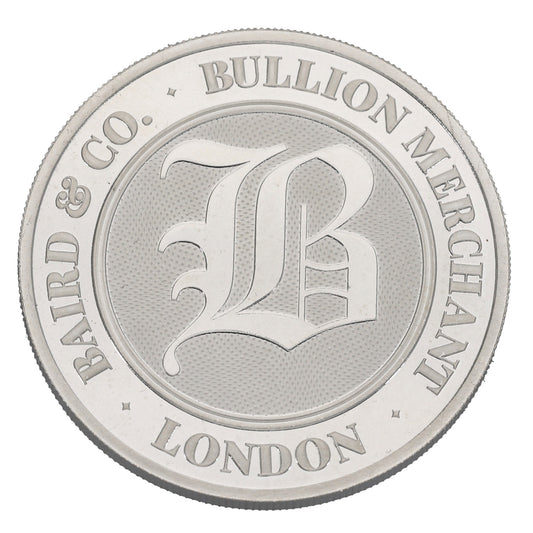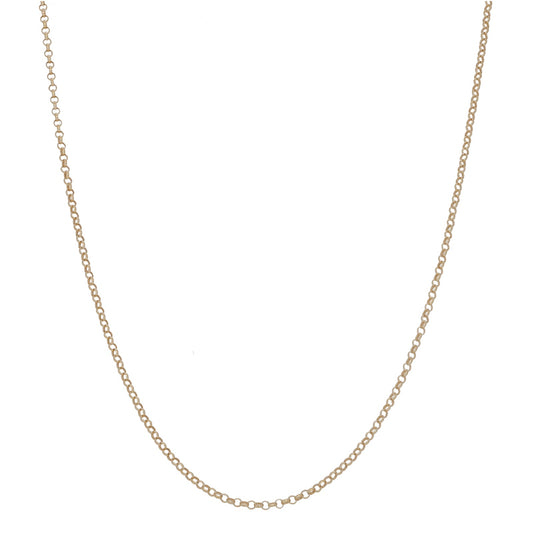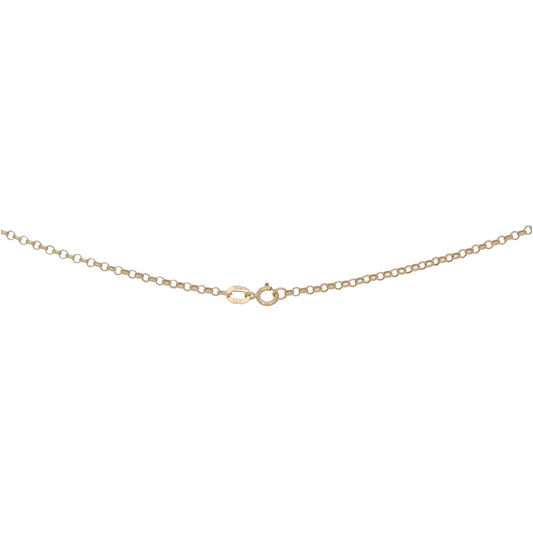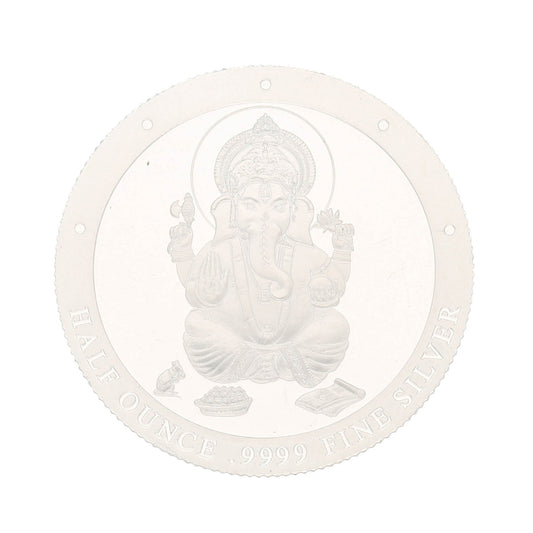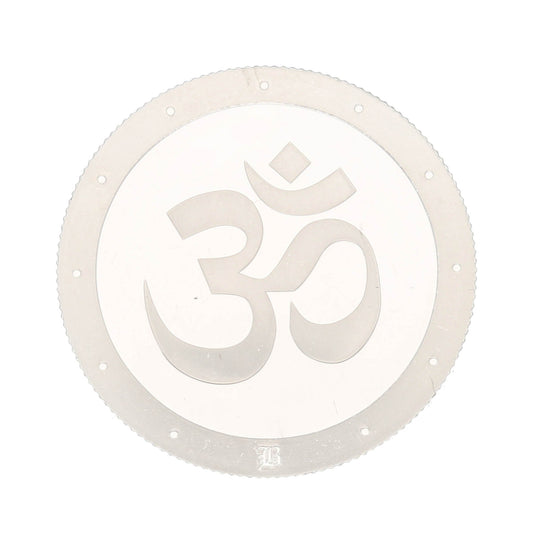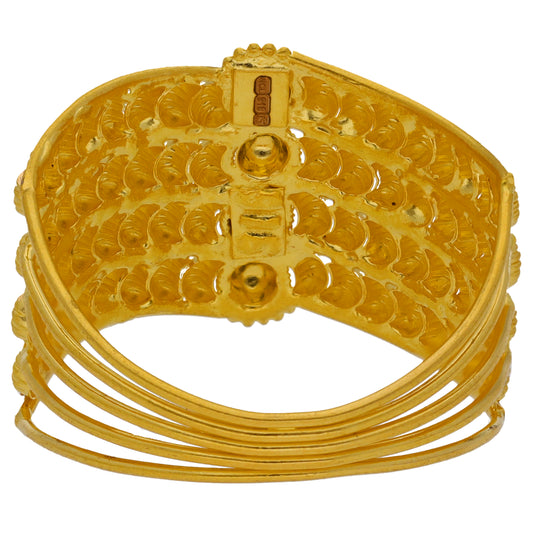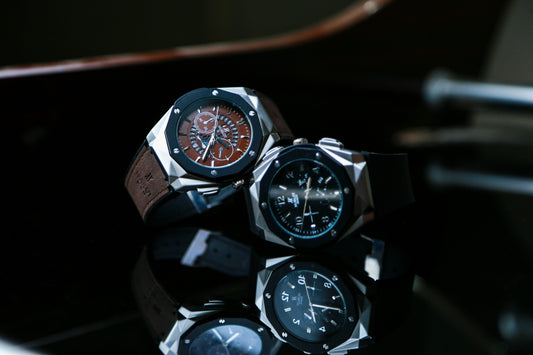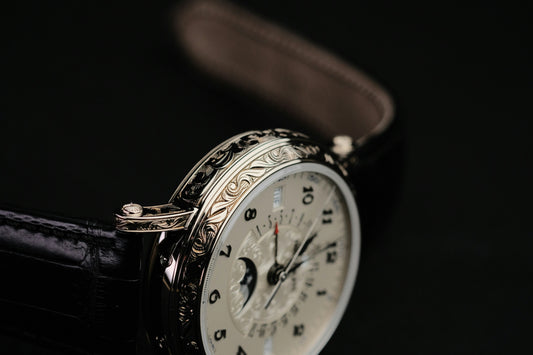Omega at the Olympics: The history of the 92-year-partnership

2024’s summer of sport has been rounded off perfectly by the thrilling Olympic and Paralympic Games. While exciting changes have been made, like the introduction of Breaking as an Olympic sport, and records have been broken, including BBC iPlayer’s streaming record, the most important elements of the Games have remained — including Omega’s role as Official Timekeeper.
The role of timekeeping is vital in the Olympics and Paralympics, as evidenced by the men’s 100m result in the Olympics this year which was separated by 5/1,000th of a second. So, choosing an incredibly accurate timekeeping solution is vital.
For nearly a century, the name "Omega" has been synonymous not just with precision and innovation, but with a deep connection to the world of sports. The watchmaker has been the Official Timekeeper for 31 Olympic Games, 31 Winter Olympic Games, 17 Paralympic Games, and 12 Winter Paralympic Games, and with a contract to be an official sponsor of the International Olympic Committee (IOC) until at least 2032, there is even more to come for this partnership.
But how exactly did it all begin? Read on to learn more about Omega's history at the Olympics and Paralympics and discover how the watchmaker's role has evolved over the years.
Where Omega’s Olympics journey began
The history of this iconic partnership began in 1932 when Omega became the Official Timekeeper at the Los Angeles Olympics. The brand was chosen to keep time at all of the events that year thanks to its reputation for precision and quality. Just 30 stopwatches were used to keep time at every event, which may not sound like much but it is a huge step up from judges using their own stopwatches as they did in the first five modern Olympic Games!
At the 1932 Games, Omega produced chronograph stopwatches accurate to the nearest tenth of a second. But in the years that followed, the brand produced even more precise and innovative timekeeping tools.
One of the biggest steps up was in the London 1948 Olympics which ushered in the “electronic era” in the form of the Magic Eye, which was able to record the time to the nearest 100th of a second for supreme accuracy. The same year also saw the introduction of the photo-finish camera which, combined with the Magic Eye, helped judges solve what appeared to be a tie-break in the men’s 100m sprint.
Other notable Omega innovations which have transformed Olympics timekeeping include:
- The Swim Eight-O-Matic Timer: The world’s first semi-automatic swimming timer which allowed for much more accurate results than the formerly used manual stopwatches.
- The Omegascope: Although not the Official Timekeeper for this Olympics, Omega still transformed the 1964 Games with the Omegascope which allowed viewers at home to see the timings of the athletes in real-time.
- Swimming touchpads: Innovative touchpads introduced in 1968 allowed Olympic swimmers to stop the timer with their own bodies in the pool to get the most accurate results yet.
- False start detectors: In the 1984 Games in Los Angeles, Omega introduced precise false start technology which was measured by the pressure of the athlete’s foot against the starting block.
- Wearable timekeeping technology: The 2006 Olympic Games in Turin saw a true first with the introduction of wearable timekeeping technology in speedskating. Athletes wore suits with transponders on the ankles designed to send radio signals to accurately identify which team came first.
- The Quantum Timer: The London 2012 Olympic Games are considered some of the best in modern history and Omega made this year's events even more special with the introduction of the Quantum Timer, which can capture results to the nearest millionth of a second.
Omega has largely been the watchmaker of choice as Official Timekeeper at the Olympics, barring a selection of Games which saw Seiko appointed as the Official Timekeeper, most notably in 1964 when the Games were held in Japan.
Omega and the Paralympics
Omega’s commitment to the world of sports extends beyond the Olympics to the Paralympic Games. The brand's involvement with the Paralympics began in 1992 when it became the Official Timekeeper at the Barcelona Games. The Paralympic Games present unique challenges for timekeeping. Every athlete must have an equal start to make each event fair, so it is vital that Paralympians with different abilities are given the exact same start time.
Omega has risen to these challenges by developing specialised timing equipment and technology to ensure fair and accurate results for every competitor. Innovations developed for the Paralympics include electronic starting pistols, which trigger a light, a start pulse, and a sound for each athlete to see, feel, and hear to indicate the event has begun. A lot of Omega technology from the Olympics is also accessible, such as the swimming touchpads which are triggered by minimal pressure, meaning they can cater to athletes with limited mobility.
Iconic Olympic and Paralympic Omega watches throughout the years
If you’re both a sports lover and a timepiece enthusiast, you may be interested in treating yourself to a piece of history with an Omega Olympic watch. The watchmaker has produced a number of models over the years in partnership with the Olympics and Paralympics, including a selection of Omega Olympic watches designed for the 2024 Games in Paris. One of these limited edition timepieces includes the Paris 2024 Bronze Gold Edition, which is crafted with bronze, silver, and gold.
One of the most celebrated Omega watches is the Seamaster, which was launched in 1948, coinciding with the London Olympics. This model has since become one of Omega’s most iconic lines, known for its durability and elegance. Over the years, special editions of the Seamaster have been released to mark various Olympic Games, each incorporating design elements that reflect the host city or the spirit of the Games.
Another popular model includes the Speedmaster Olympic Edition “Los Angeles 1932”. Although not released at the time, this timepiece was produced in 2004 and designed to pay homage to the original 30 stopwatches used to timekeep the Games in 1932. This model was designed with a white dial in the style of the 1932 stopwatches and has the five Olympic rings engraved on the back.
Of course, if you’re a real Olympics enthusiast, you may want to get your hand on one of the original Omega stopwatches from the 1932 Games. Although, with just 30 produced, you may find these models a little trickier to come by!
Omega's 92-year partnership with the Olympic and Paralympic Games is a testament to the brand's enduring commitment to precision and innovation. And with the 100th anniversary of the partnership coming up at the Brisbane Olympic Games in 2032, expect to see even more stunning specially-designed timepieces.
Want to learn even more about this iconic watchmaker? Make sure to check out our Omega serial number guide and our guide to the 10 best Swiss watch brands. We also have even more watch articles to check out. Head to our blogs and guides page now for more informative reads, including five top footballers’ favourite timepieces.
If reading this blog has inspired you to expand your accessories collection, make sure to browse H&T’s selection of watches for a choice of men’s and women’s timepieces from more iconic brands.
